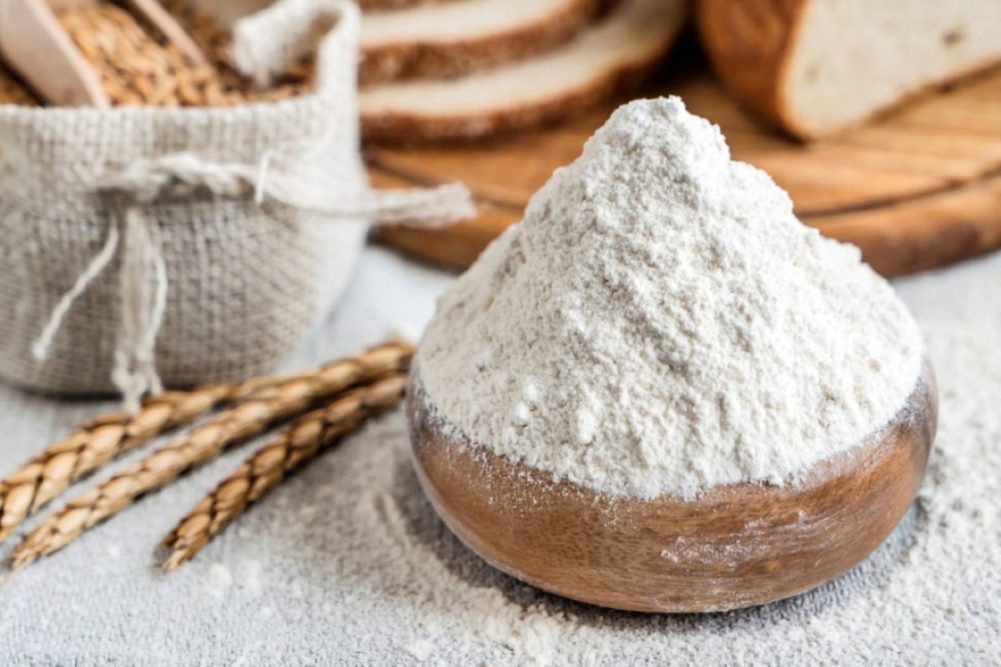WASHINGTON — US per capita flour consumption in 2020 was 132.1 lbs, up 1.3 lbs from 130.8 lbs in 2019, according to data just issued by the US Department of Agriculture. The Economic Research Service posted the annual per capita figure several months later than usual and only a few weeks before the Department’s National Agricultural Statistics Service issues its first full-year estimate for 2021 flour production.
The year-to-year increase of 1.3 lbs in 2020 was the largest in more than 10 years, or since per capita consumption jumped 2.5 lbs in 2008 to 138.3 lbs. At the same, even after the gain, per capita consumption figure of 132.1 was the second smallest since 1989, larger only than the 130.8 lbs in 2019. The 2020 figure was not much smaller than per capita flour consumption number than the tight range prevailing in the late 2010s – 133 in 2015, 132.6 in 2016, 132.9 in 2017 and 132.8 in 2018. In the early 2010s, per capita flour consumption averaged 134.3 lbs.
Contributing to the increase in per capita consumption in 2020 was a modest increase in flour production from the year before. At 425,797,000 cwts, flour production in 2020 was up 3,520,000 cwts, or 0.8%, from the year before. The 0.8% increase in production was only slightly greater than the 0.5% increase in the US population, meaning it did not boost per capita flour consumption much. Helping lift the 2020 per consumption figure was a jump in imports of flour, semolina, pasta, bulgur and couscous, a figure that is factored into the US flour supply each year. At an equivalent to 19,046,000 cwts of flour, imports of these products were up 3,356,000 cwts, or 21%, from 15,690,000 cwts the year before. Exports of flour, semolina, pasta, bulgur and couscous in 2020 totaled 8,924,000 cwts, up 457,000 cwts, or 5%, from the year before.
Flour production data for the fourth quarter of 2021 will be issued by the USDA Feb. 1. In the first nine months of the year, flour production was down 5,694,000 cwts, or 1.8%, from January-September 2020.






